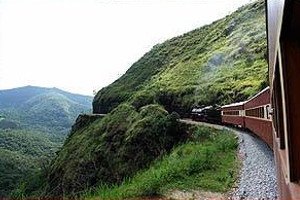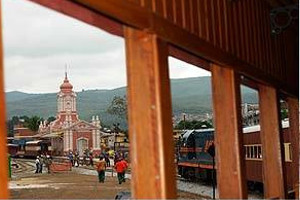OURO PRETO
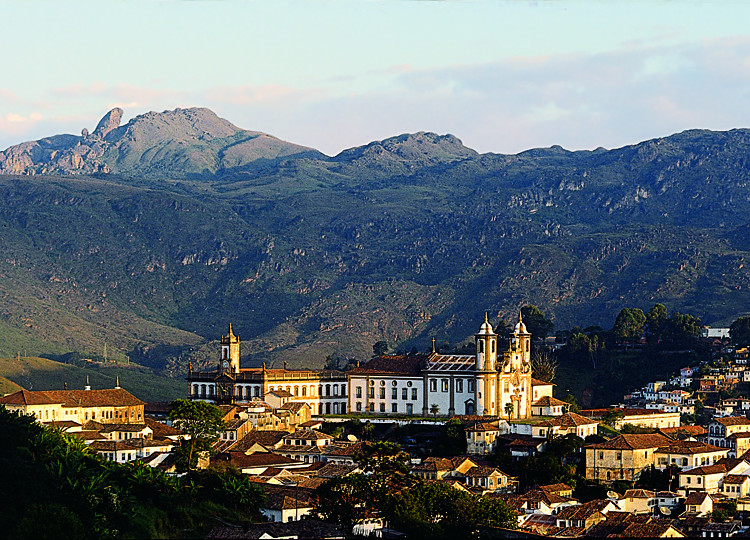
Founded in the early eighteenth century, Ouro Preto is a masterpiece of colonial Brazilian architecture and art.
A visit to Ouro Preto is a step back into history and past human accomplishments. The town has thirteen large churches and numerous public monuments and buildings. The most spectacular of the churches are Saint Francis, Our Lady of Carmo, Our Lady of the Rosary, Pilar and Antônio Dias.
Other important sites include the Casa dos Contos (the former minting house), the Inconfidência Museum (which documents Brazil’s earliest independence movement), the Mineralogical Museum and the world class Museu do Oratório (with its magnificent collection of sacred art, especially oratories).
In fact, UNESCO has declared it a World Heritage Site. Here the intricate details of the buildings and art works clearly reflect the originality and autonomy of the craftsmen and artists who created this monument of Brazilian baroque style.
The painting of Manuel da Costa Athaíde and the sculptures of Antônio Francisco Lisboa, Aleijadinho, are living examples of this period of enormous creative inspiration.
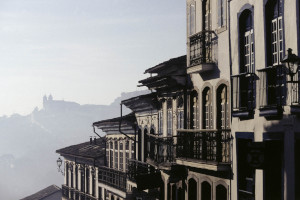
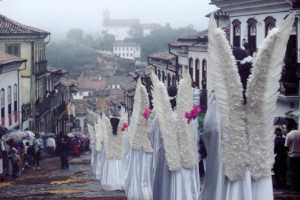
A grand synthesis of history and art. Cultural, popular and religious events are yet another reason for visiting Ouro Preto. The crafts fair in the Saint Francis Church square, the Winter Festival, the Easter Pageant and the Festival of Our Lady of the Rosary are among these special attractions.
Last, but certainly not least, most local restaurants serve excellent meals based on regional culinary traditions which reflect their Brazilian, European and African origins.
Main Attractions
Church of Saint Francis of Assisi
Church of Our Lady of Pilar
Oratorio Museum
Museum of Mineralogy
Opera House
Virtual Tour
– Ouro Preto
– Church of Our Lay of Pilar
– Church of Saint Francis of Assissi
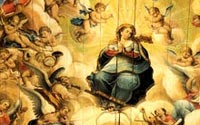
The Old Palace Gold Mine
The Palácio Velho Mine, is part of one of the oldest and most productive gold complexes from the 18th century in Minas Gerais. It stands under the ruins of the old Governor’s Palace. The structures used in the past by this industry are still intact, there are tunnels, galleries, halls, washrooms, mills, shoring, the excavations run throughtout the walls and ceilings of its galleries.Because of its unique preservation we can understand, the techniques used by the thousands of enslaved Africans that brought these tecnics from their native land, thus creating the largest gold productions in Brazil, which transformed Portugal into the most important European economy, during that period.

Train ride from Ouro Preto to Mariana
Consisting of one diesel locomotive, and five passenger cars, the train is capable of carrying 360 people per trip. Among the passenger cars – which retain the same design of the original trains, with wooden interiors – the panoramic car is especially outstanding by virtue of its transparent structure, which allows for a complete view of the passing scenery. The trip lasts one hour and half and runs on Fridays, Saturdays and Sundays.
